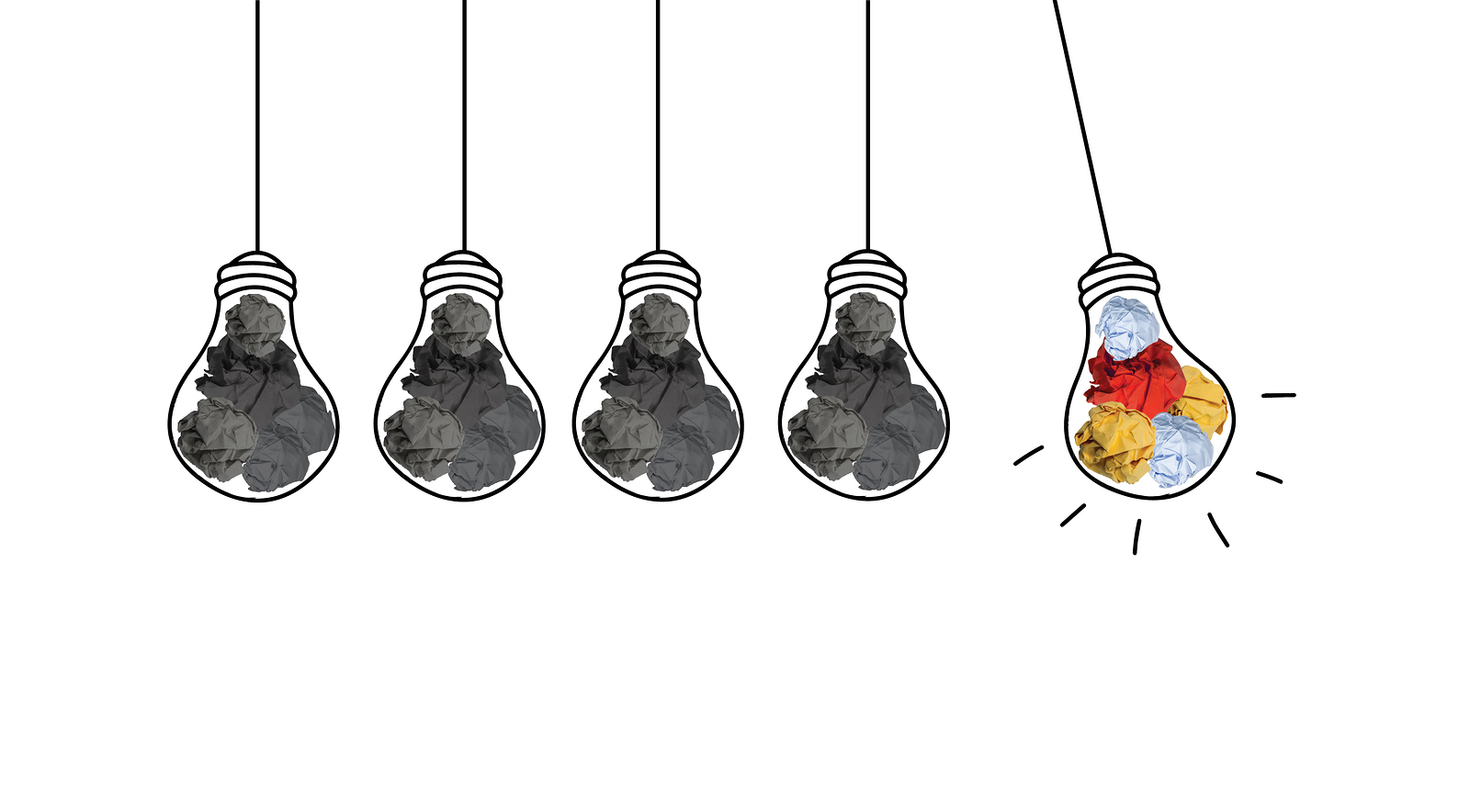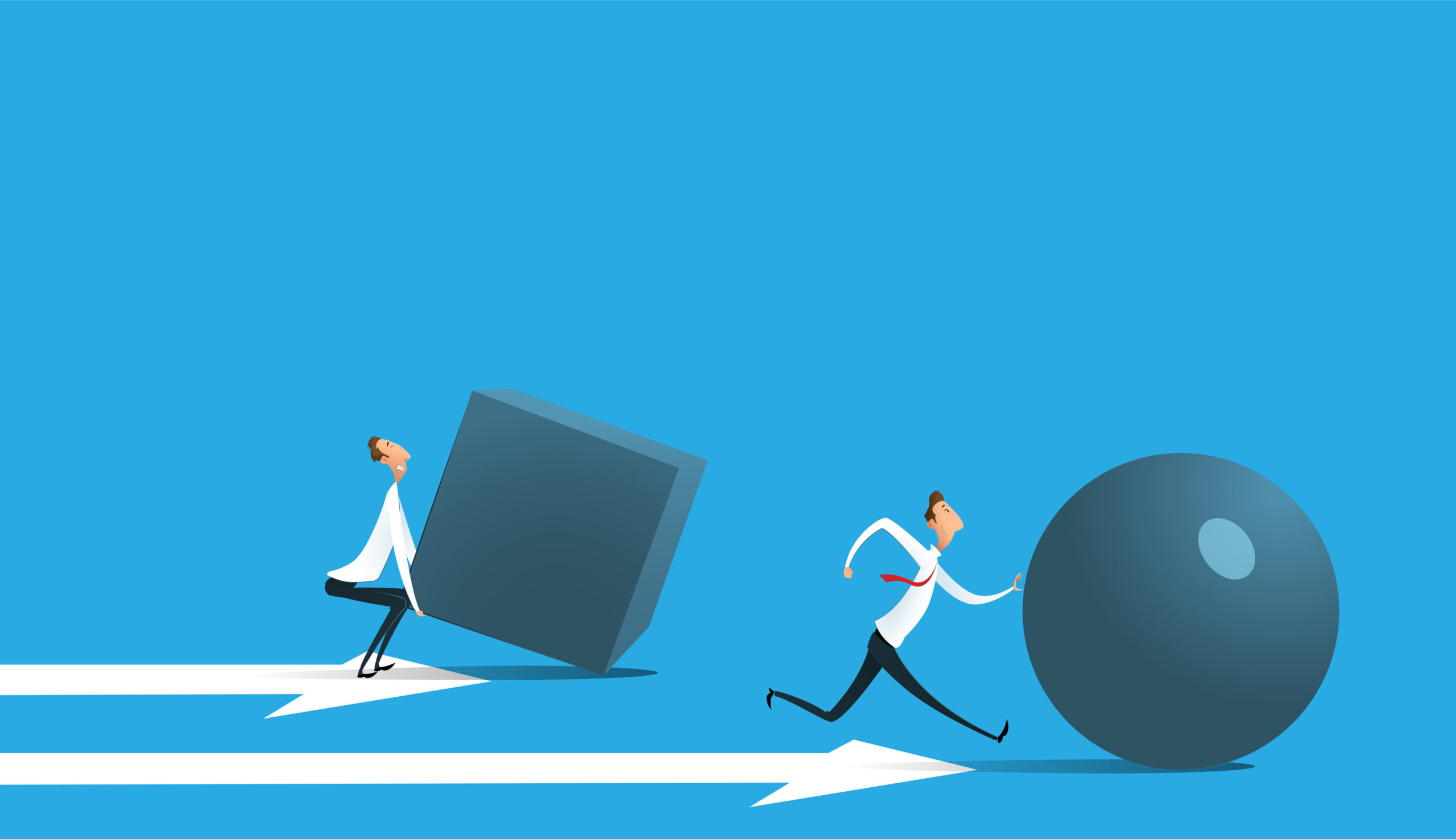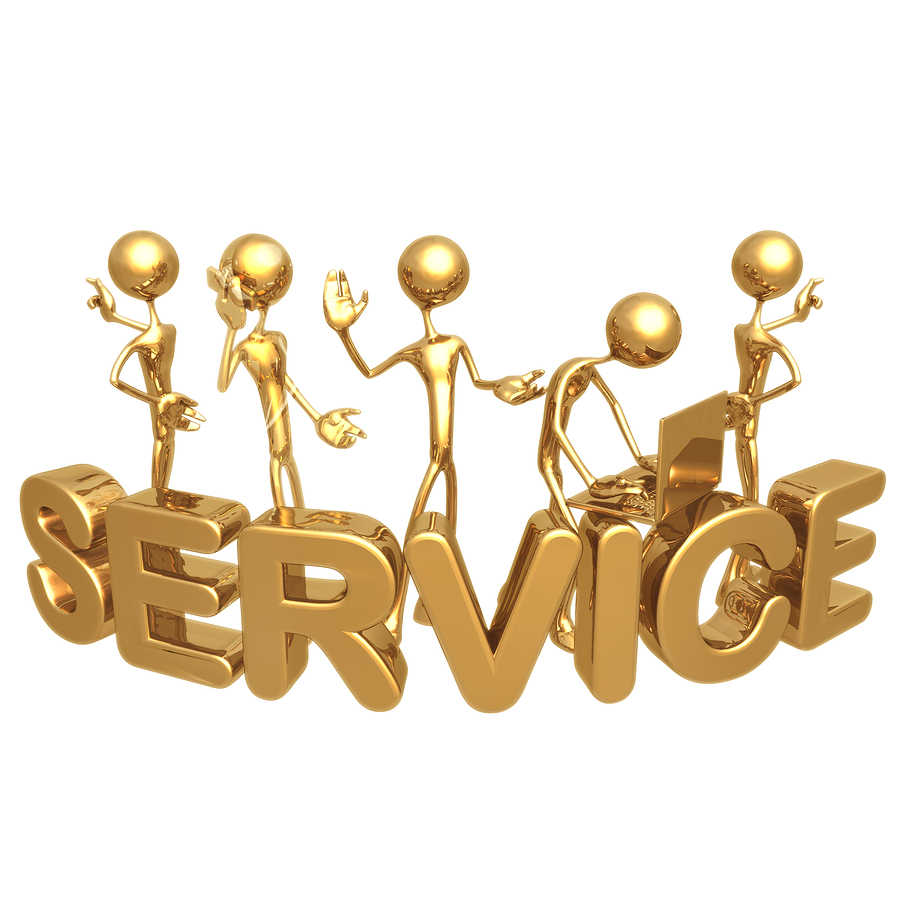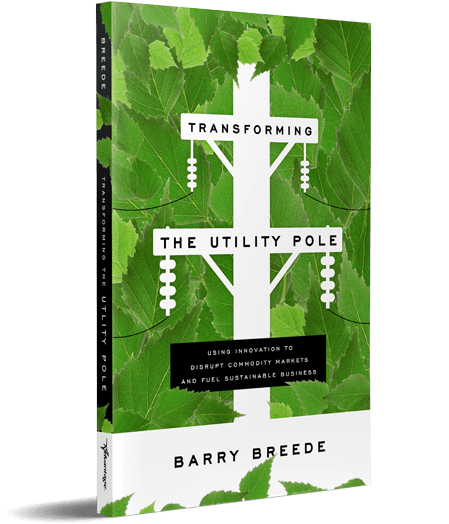Utilities want to reduce waste; the EPA wants to reduce landfill usage; everyone wants to find an environmentally friendly way to disposing of this treated wood waste. As such, it was in our best interest to determine a disposal method that was both sustainable and desirable from a business perspective. There are a number of things to consider as you seek to become more sustainable in your business practices. These are key takeaways from our experience introducing new pole disposal solutions to our customers:
- Leverage processes and infrastructure you already have in place. A key component to being able to provide a more sustainable disposal option was our ability to leverage the logistics network we already had in place for pole delivery toward implementing pickup and removal services. This allowed us to use our existing infrastructure to efficiently support a new service that allowed everyone involved to be more sustainable. Looking to improve processes doesn’t necessarily mean replacing them completely; often, the best place to start is with an examination of how current resources can be used to help achieve your new initiatives.
- Don’t assume being sustainable will be bad for the bottom-line. You’d be wrong to come to that hasty conclusion. As mentioned before, the cost of traditional disposal (landfills) is continuing to rise and will continue to do so until there is no more room available. In the case of our disposal solution, it creates a much more efficient cost structure for utilities. It is possible to be both sustainable and profitable!
- Recognize the need for a tailored solution and plan. As we began rolling out our new disposal turnkey service, one thing was extremely important to understand as the provider and as the recipient: we weren’t offering a one-size-fits-all disposal solution; that’s what the waste management companies do and this approach has caused the current challenges. Sustainability as it pertains to your organization – while trying to achieve a universal goal – will be unique in its application.
- Continue looking for the next best solution. As we collectively seek to make more sustainable business choices and practices, it’s important to recognize that the new options we adopt will likely not be entirely satisfactory. While they will be better than what we’ve done before, there will always be way to improve and adopt more effective and efficient solutions. Be willing to innovate even beyond the current innovation.
Learn more about how to integrate greater innovation and sustainability into your organization by visiting, barrybreede.com.







